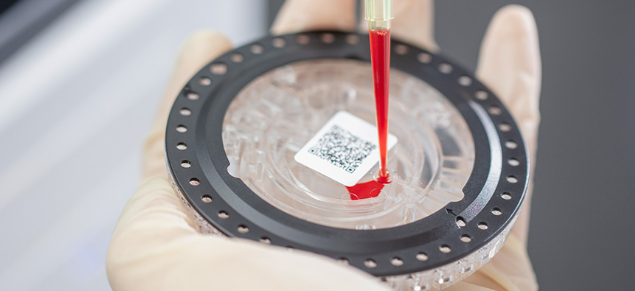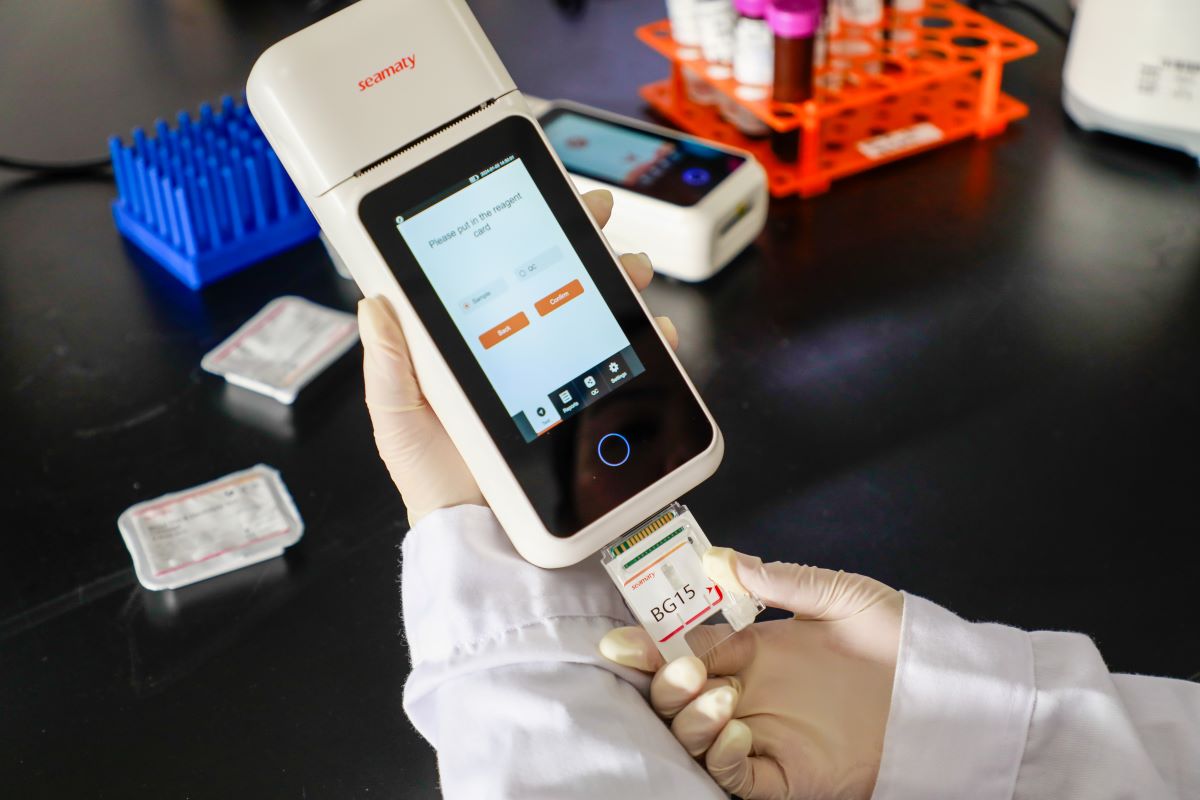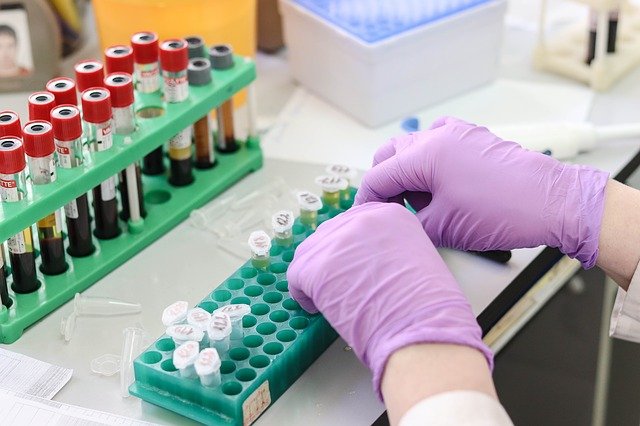Molecular diagnostics belongs to the field of
in vitro diagnostics. Unlike clinical biochemistry, immunology, haematology and microbiological testing, molecular diagnostics is more mature in China and has a stable upstream and downstream system.
In a broad sense, molecular diagnosis refers to the application of molecular biology techniques in the study of human diseases, detecting the structure of genetic material, signal and protein molecules and the presence of pathogenic microorganisms in the individual body, and thus making a diagnosis of the disease. Molecular diagnostics research focuses on genomic and proteomic analysis with the aim of identifying disease biomarkers, creating better diagnostics and ultimately finding new treatments and potential therapies.
The molecular diagnostics market is expected to grow at a CAGR of 13.2% between 2019 and now, reaching 39 billion by 2027. The growth of this market is mainly driven by rising prevalence of chronic diseases, technological developments, increased investments in product development for molecular diagnostics, and the need for rapid decision making in the emergency department.
On the basis of application, the overall molecular diagnostics market is segmented into infectious diseases, oncology, neonatal and prenatal screening, and other applications.In 2019, the infectious diseases segment accounted for the largest share of the molecular diagnostics market.
With the rising ageing population and the prevalence of chronic diseases, especially this rampant outbreak of COIVD-19, traditional PCR nucleic acid testing technology is unable to meet the demand for
COIVD-19 testing due to limitations such as cumbersome process, complex operation and need for centralised delivery. Molecular diagnostics, with its own characteristics of high sensitivity and specificity, has been integrated into the field of POCT rapid test diagnosis. A large number of commercially available molecular diagnostic products and companies are focusing on strategies to develop new POCT molecular diagnostic devices for respiratory disease.
Point of care testing: not only at the patient's bedside
Innovations in molecular diagnostics, particularly in point of care testing, have gradually moved this testing from molecular diagnostic laboratories to clinical microbiology laboratories, to general laboratories, and even to clinics and communities.
Access to sensitive and rapid diagnostic assays for infectious diseases is essential for accurate diagnosis, effective treatment and timely control of infections. Although POCT is seen as a diagnostic test for bedside patients, POCT can be performed at any site with a valid CLIA exemption certificate.
From antigen-based assays to molecular platforms in POCT
In the field of microbiology, clinicians use POCT to detect antigens or antibodies and thus diagnose influenza. These assays offer the advantage of convenience, from sample to rapid result. In the case of influenza, false negatives can occur in highly prevalent populations due to delays in sample transfer, batch testing, complex multi-step tests or set execution schedules. Therefore molecular assays should be performed after negative influenza antigen-based tests.
Point of care testing can detect influenza, streptococci and respiratory pathogens among others.
An example of a shift from antigen-based diagnostics to molecular diagnostics in
poct devices is the detection of streptococci. Molecular diagnostics POCT allows clinicians to detect and treat in a short period of time.
In addition, molecular testing shows a higher sensitivity than rapid antigen detection tests. It eliminates the need for secondary confirmation of negative results and ensures the accuracy of results.
The role of molecular POCT in influenza and respiratory disease
According to the Centers for Disease Control and Prevention, influenza is a seasonal respiratory virus with an estimated 14 to 21 million medical visits in the United States alone since October 1, 2019, including the current COIVD-19 outbreak. For best results, antiviral medications must be administered within 48 hours of symptom onset and need to be seen and diagnosed within that timeframe. Usually, however, patients do not seek medical attention until the condition has worsened and the time available for effective treatment has been shortened.
In addition, due to the overlap of symptoms with other seasonal respiratory viruses, it is difficult to diagnose influenza based on clinical presentation alone, when molecular poct devices are the best tool for detection.
As mentioned earlier, antigen-based poct devices for influenza are very common in outpatient clinics and emergency departments. However, it lacks sensitivity compared to molecular methods. The first molecular influenza poct devices were approved in 2015 and since then, several exempt molecular poct devices have entered the market. These include Alere i Influenza A and B, Acculu Influenza A/B, Xpert Xpress Flu/RSV and cobas Influenza A. These only take 15 minutes to an hour to analyse before the results can be run.
In summary, molecular diagnostic POCT technology perfectly combines molecular diagnostics and POCT technology, breaking through the limitations of existing testing technologies on personnel and premises, effectively reducing testing time and enhancing convenience.
Limitations of molecular POCT
When target genetic material is present, primers bind to DNA or RNA fragments and the region can be analysed and detected by amplification. However, when genetic changes occur, the primers may no longer match the viral genetic material. In this case, the primer will not bind and the sequence will not be amplified and will not be detected, resulting in a false negative. Therefore, new molecular poct devices will need to be developed to cope with novel viruses.
The increased sensitivity, coupled with the use of non-molecular laboratory personnel, carries the risk of assay failure and environmental cross-contamination. For example, in clinics administering influenza vaccines, contaminated instruments can lead to incorrect results.
Space and cost constraints are also an issue. Molecular poct devices are more expensive than antigen-based assays, but have higher sensitivity and specificity. Although molecular instruments are often compact, many platforms can only run one sample at a time. In large emergency departments or urgent care clinics, several instruments will be required to meet the needs of the assay.



